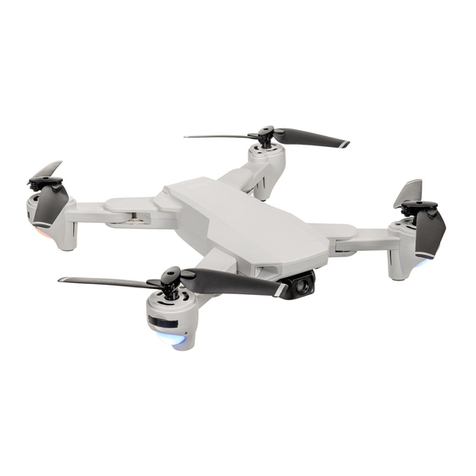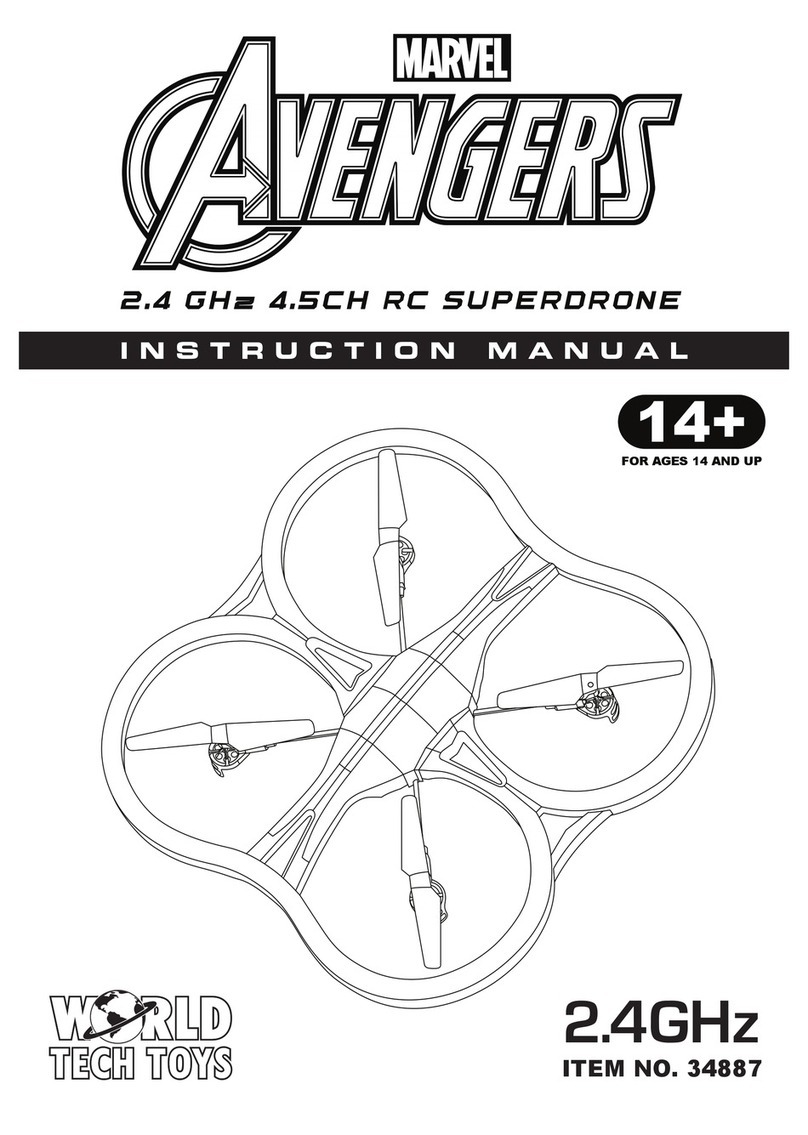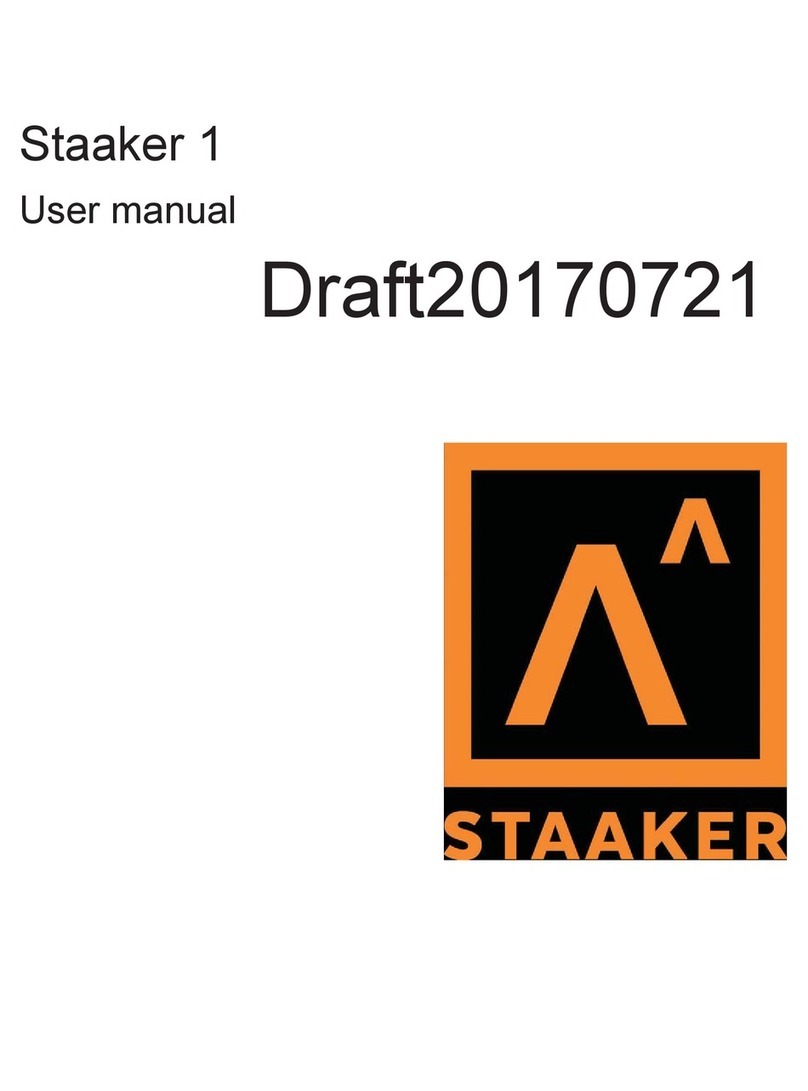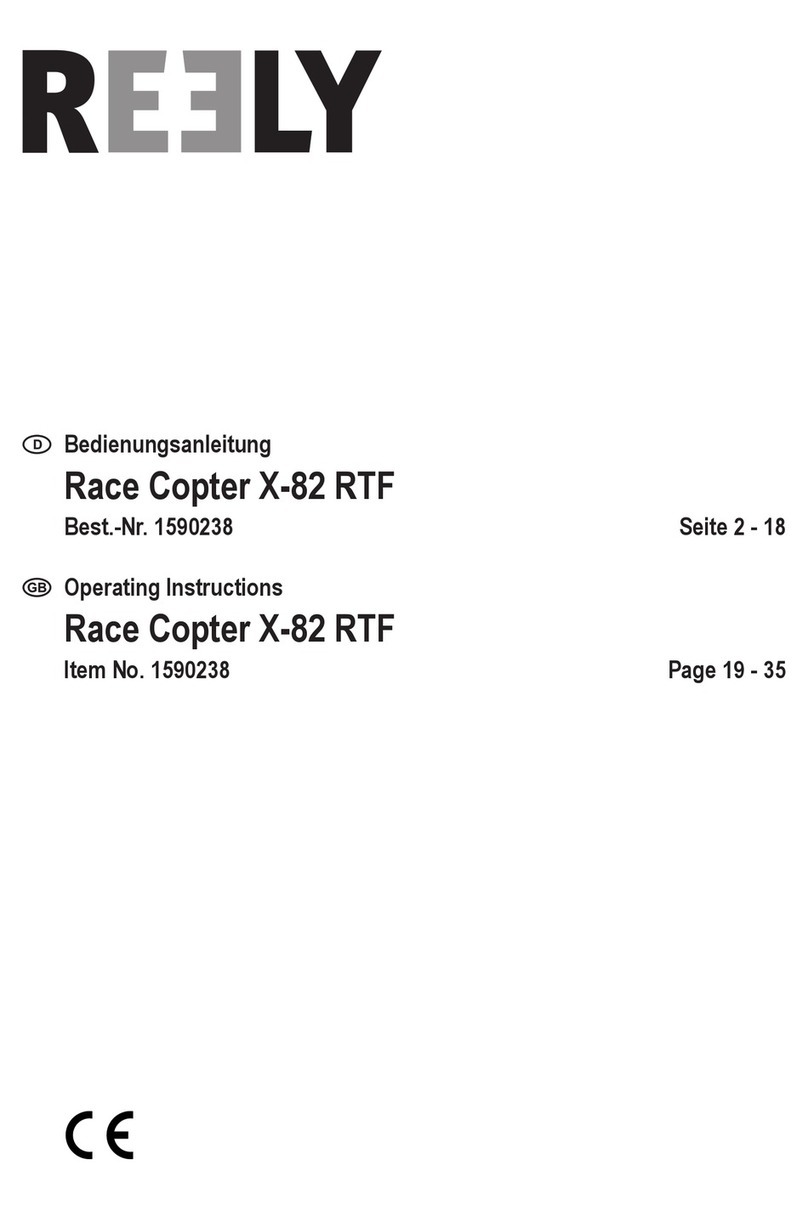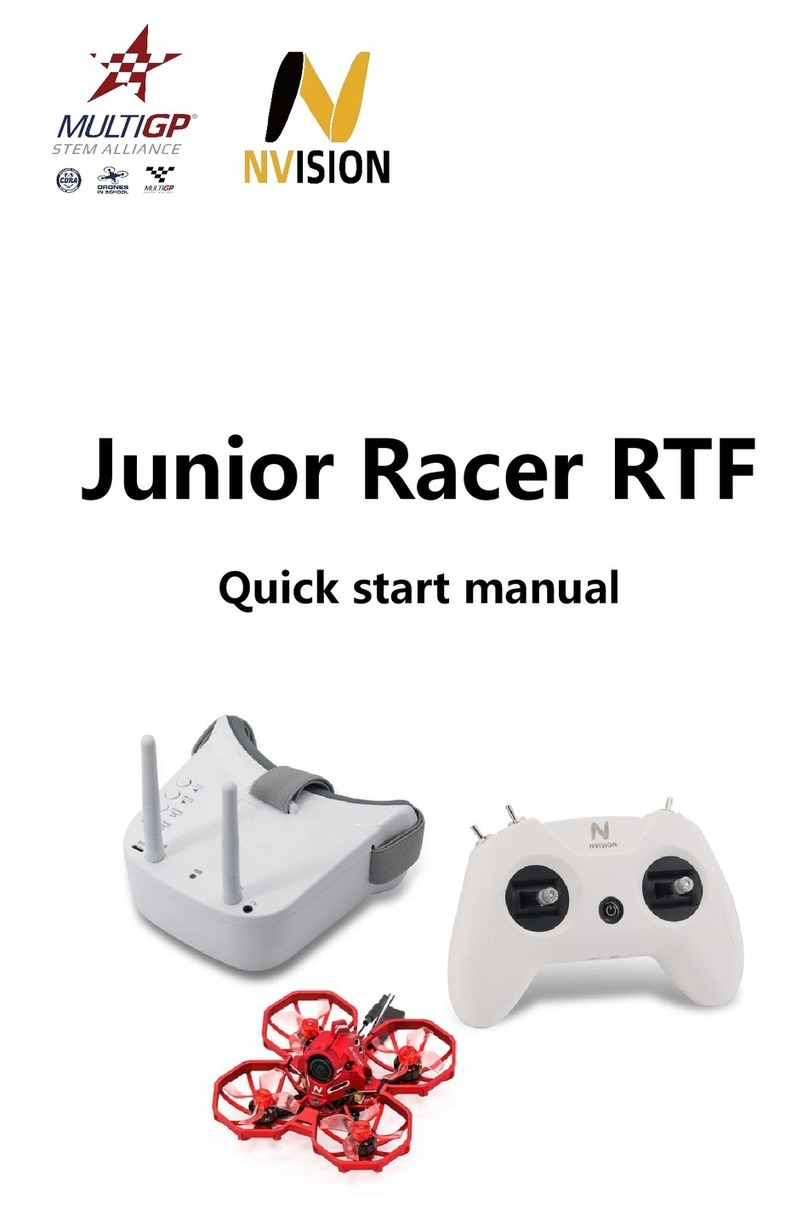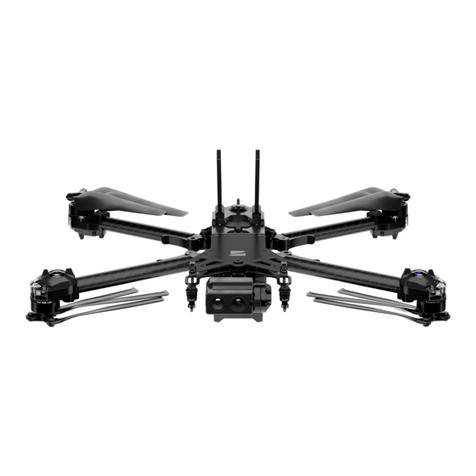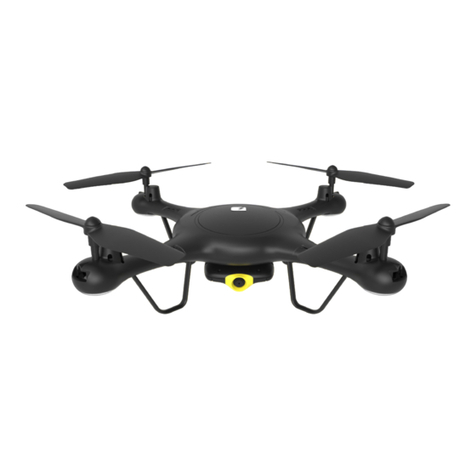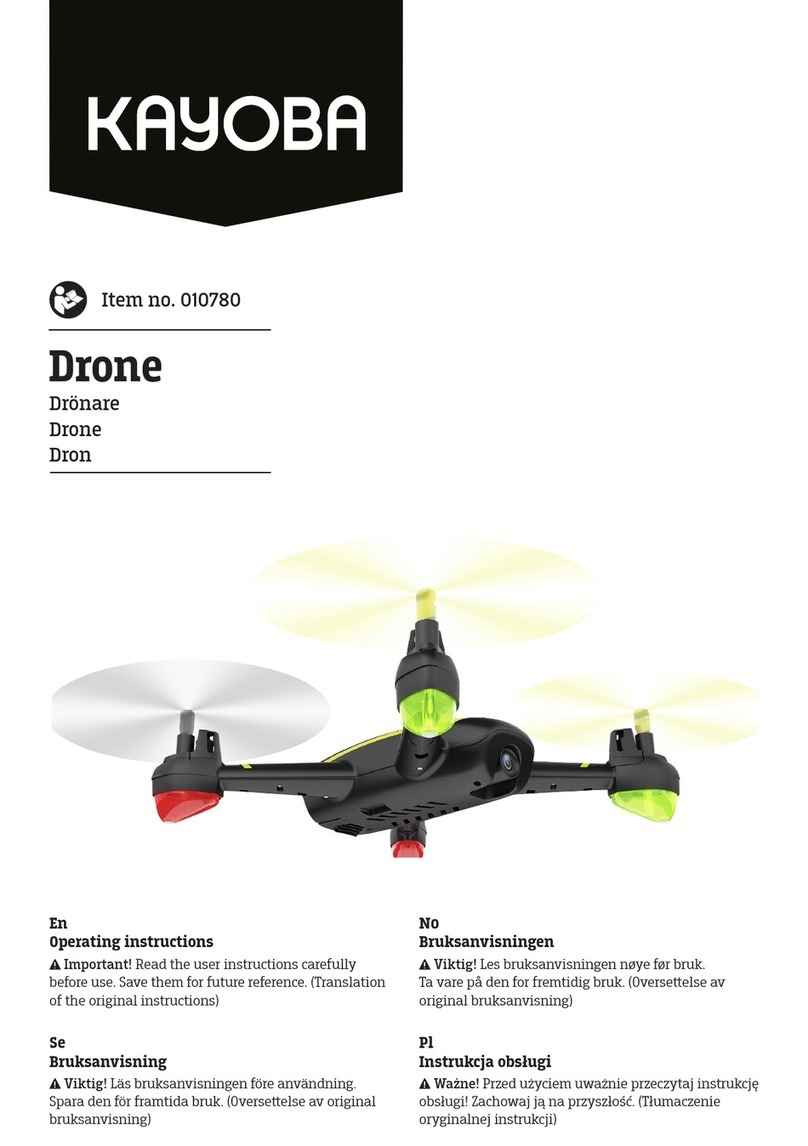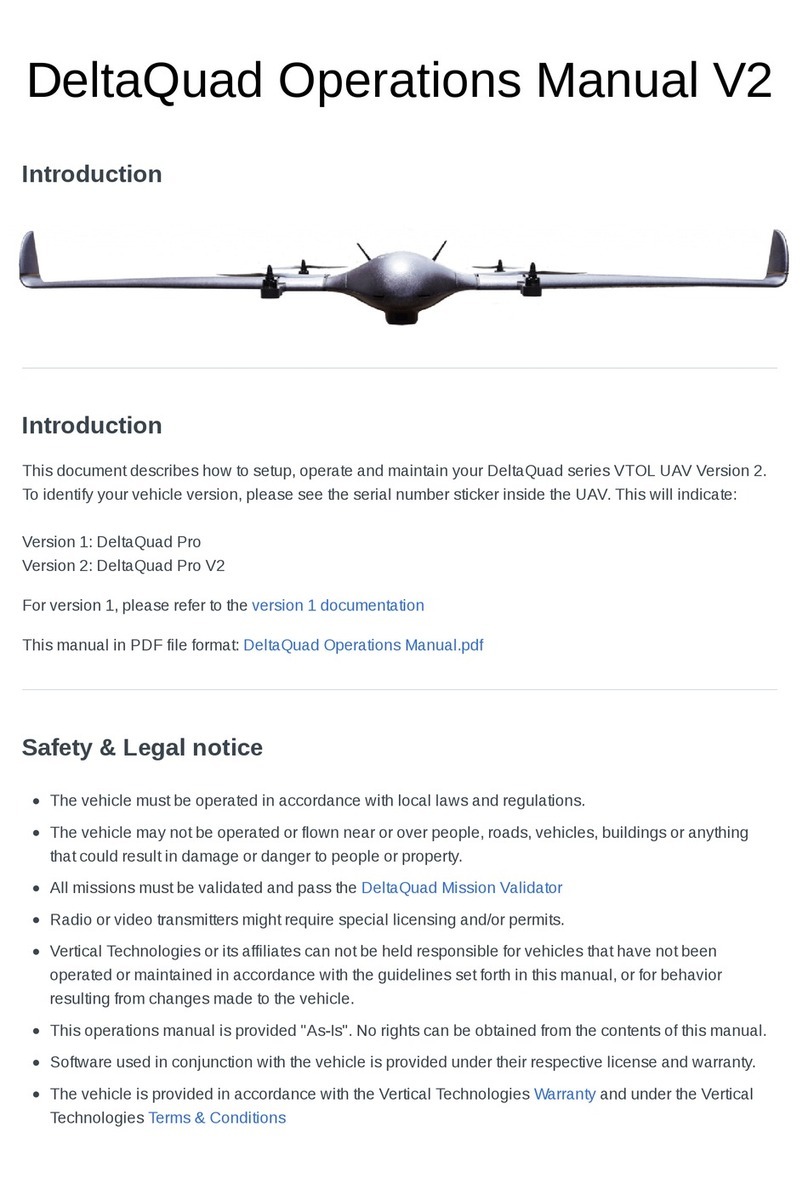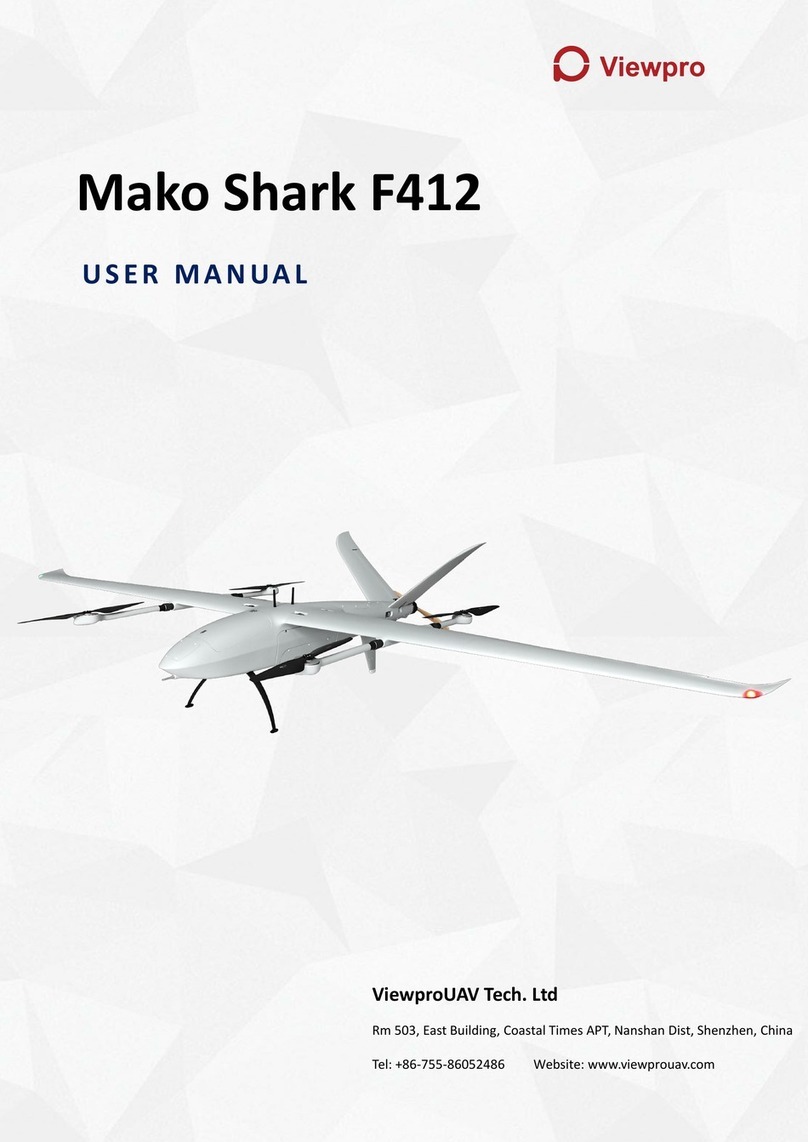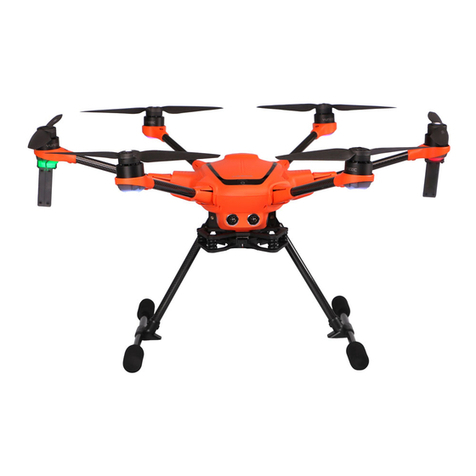Skycat X68 User manual

SKYCAT DRONE PARACHUTE LAUNCHER
USER MANUAL v2 02/2015
Please read and follow these instructions carefully. In case you have any
feedback or questions, please don’t hesitate to contact us at hq@skycat.pro
We update this manual based on user feedback and we are determined to
answer and offer solutions to all possible questions and problems. It’s quite
common that RC manufacturers do not offer enough data about their
products, but we’d like to change that. In the end you’ll see Skycat parachute
launcher is very easy and simple to use.
Fly safe – Keep flying!
www.skycat.pro
All Rights Reserved
1

How does Skycat parachute launcher work
The parachute is packed and slided into the launcher tube. A spring loaded
piston is used to push the parachute away from the aircraft. The loaded
spring is held in tension by a special Fuse. To eject the parachute, electric
current is conducted to the Fuse, which heats rapidly and looses it’s holding
strength, releasing the piston.
Careful installation and loading of the launcher and packing of the parachute
is essential in order to achieve best possible eject performance. We highly
recommend packing, loading and launching Skycat a few times as exercise
before mounting to your aircraft.
www.skycat.pro
All Rights Reserved
2

WARNINGS AND SAFETY CONSIDERATIONS
Please follow these directions to stay within warranty limits and ensure
proper functionality.
- Never launch Skycat towards people or animals!
- Do not use the launcher to eject anything other than a parachute.
- Do not launch when the tube is empty.
- Only use the original cloth around the parachute package.
- Always shoot towards free airspace.
- Do not use excessive force when arming the launcher or loading the
parachute package. Refer to manual and packing instruction video to
achieve successful loading.
- Do not mount the launcher in ways that tightly squeeze the launcher
tube, as this could jam the piston.
- Never swing the tube around once it’s packed, as g-forces might sling
the parachute out accidentally.
- Skycat is NOT suitable for aerobatic flying! Only use it to protect stable
flying radio controlled aircraft.
- Do not expose Skycat to rain!
- Use only dry parachute!
- Only use with reliable, digital RC control systems. A glitch could result in
an unwanted eject!
www.skycat.pro
All Rights Reserved
3

Trigger SPECS
- Receiver voltage range is 4.9 - 6.1 V.
- Power the trigger using a high quality 3 - 4 cell LiPo battery (1000mAh
or bigger). Make sure the battery is capable of providing continuous 30A
current in all conditions and working temperatures. Do not exceed 4S.
www.skycat.pro
All Rights Reserved
4

STEP 1 CREATING A FUSE
Use only genuine Skycat Fuse® wire. Wrong wire strength and electrical properties
might cause malfunction.
1) X68: Measure and cut 125 mm long Fuse wire.
2) X55-CF: Measure and cut 135 mm long Fuse wire.
3) Loop both ends of the wire and join the wires using four fuse locks.
IMPORTANT!
- Leave a 3mm gap between wire ends!
- Use high leverage straight pliers.
- Use enough force so that the Fuse locks are fully crimped.
-It is recommended to use four locks when flying with Skycat. Using two
will be enough, but it’s only recommended for training purposes on the
ground.
www.skycat.pro
All Rights Reserved
5

www.skycat.pro
All Rights Reserved
6

STEP 2 ARMING THE X68 LAUNCHER
- First, please watch this arming demonstration video:
www.tinyurl.com/skycat-x68-arming
- The spring is very strong! Be careful and hold the launcher firmly when
arming.
- We recommend facial cover for safety.
1) Insert a Fuse through the center hole in the piston.
2) Slide piston pin through the Fuse loop.
3) Press piston down with an appropriate tool, for example long pliers. Do
not use a sharp tool to avoid damaging the piston!
4) Slide a screwdriver or other suitable shaft through the side holes to
hold the piston down.
www.skycat.pro
All Rights Reserved
7

5) Use a hook to pull the Fuse through the base center hole.
6) Push bottom pin through the Fuse loop. Make sure that the pin is
pushed all the way into the base, so that the Fuse cannot slip out!
7) Press down on the piston slightly and pull out the screwdriver. Slowly
release pressure on the piston to shift tension onto the Fuse. Do not
release the piston suddenly as it could damage the Fuse.
www.skycat.pro
All Rights Reserved
8

8) Check that the piston is level after arming. Adjust if necessary by sliding
the Fuse on the piston pin or base pin. Pressing down on the piston
makes this easier.
IMPORTANT!
- Make sure the piston fully covers both side holes! If too low, parachute
lines might get through and jam the piston!
- Check both pins carefully! Fuse must contact the brass surface in order
to have good conductivity!
www.skycat.pro
All Rights Reserved
9

STEP 2 ARMING THE X55-CF LAUNCHER
- First, please watch this arming demonstration video:
www.tinyurl.com/skycat-x55-arming
- Spring is strong! Be careful and grasp launcher very firmly!
- Face safety cover is recommended.
1) Insert a Fuse through the center hole in the piston.
2) Slide piston pin through the Fuse loop.
3) Press piston down against chair or any proper height level surface with
tool supplied with the launcher. Smaller notch to the end of pin and
larger notch to heatshrink end.
4) Hold piston down and use a hook to pull the Fuse through the base
center hole. This requires some force and is easier with two persons. Be
careful; spring is strong and you need to hold the launcher firmly.
5) Use hook for temporary aid for keeping Fuse in hole
6) Push a pin through the loop of the Fuse
www.skycat.pro
All Rights Reserved
10

7) Remove hook
8) Slowly release the spring
STEP 3 LOADING THE LAUNCHER
Please refer to our instructional videos:
Skycat X68 Opale Paramodels 4.0m2: http://youtu.be/tbiDXiZfjss
Skycat X68 Fruity Chutes IFC-60-S: http://youtu.be/uzlM55sCIvI
Skycat X55-CF Opale Paramodels 2.5m2: http://youtu.be/yqYzT4qAtLQ
Skycat X55-CF Fruity Chutes IFC-48-S: http://youtu.be/-yr4xk70j30
Opale Paramodels parachutes come with a red bag attached. The bag is not
needed with Skycat parachute launcher and should be removed.
www.skycat.pro
All Rights Reserved
11

STEP 4 BEFORE MOUNTING SKYCAT TO YOUR
AIRCRAFT
Practice is important in order to achieve best possible eject performance!
TESTING PROCEDURE
1) Set-up your radio. See STEP 6.
2) Support the launcher against a clean surface. Do not launch on grass,
sand, or other loose material. Airflow generated by the piston can suck
debris into the launcher!
3) Point the launcher away from people and other obstacles in an angle of
about 30-45 degrees.
4) Eject the parachute.
What should happen:
- Parachute package should instantly fly as far as the lines allow it to fly.
- Lines should be completely untangled.
What should not happen:
- Parachute package should not get stuck or fall near the launcher.
WARNING
Do not touch the fuse immediately after launching, it gets very hot!
www.skycat.pro
All Rights Reserved
12

STEP 5 AIRCRAFT INSTALLATION
1) Install the launcher so that the base is supported against recoil forces.
Do not cover bottom holes. The piston requires adequate airflow to
function properly. Use velcro to hold the launcher in place.
2) Use velcro or double sided tape to mount the trigger. Choose the
location so that you can easily disconnect the launcher from the trigger
when necessary.
3) Connect the trigger to your receiver.
4) Use the included extra strong lines to connect parachute to your aircraft
frame at three different locations. Pay very much attention to the
strength of the mounting locations! Impact force can exceed hundreds
of kilograms if parachute is ejected during freefall. We recommend
running the lines around multirotor arms to get best possible strength.
IMPORTANT!
- Do not overtighten the straps! It could prevent the piston from moving
freely!
- Pay extra attention to the wiring. Make sure they are securely fastened
away from sharp corners and that they are not under tension.
www.skycat.pro
All Rights Reserved
13

www.skycat.pro
All Rights Reserved
14

STEP 6 TRANSMITTER SETUP
IMPORTANT!
- Remove propellers from your aircraft!
-Disconnect launcher from the trigger! Use a multimeter or a 12V light
bulb to determine between “on” and “off” positions.
1) Decide which transmitter switch and channel you want to use to launch
the parachute.
2) Connect Skycat trigger to your receiver
3) Configure your transmitter so that when you flip the switch:
- Throttle channel outputs 0% throttle!
- Your flight controller switches to manual mode!
- Parachute trigger is activated
Please refer to your transmitter’s manual for instructions on how to achieve
all of the above. We have also made instructions for some transmitters, you
can find them at our download page: www.skycat.pro/downloads-1
www.skycat.pro
All Rights Reserved
15

STEP 7 FAIL-SAFE SETUP
Decide what you want to happen if transmitter signal is lost:
- If you want the parachute to eject, follow the same guidelines as in
STEP 6.
- If you want to activate RTH (return to home) or some other failsafe
function of your flight controller, follow the instructions provided by
the manufacturer and make sure that parachute is not
ejected!
Please refer to your transmitter manual for instructions on how to set-up
failsafe.
www.skycat.pro
All Rights Reserved
16

STEP 8 BEFORE FIRST FLIGHT
IMPORTANT!
- Remove propellers from your aircraft!
- Disconnect launcher from the trigger! Use a multimeter or a 12V light
bulb to determine between “on” and “off” positions.
TEST SWITCH FUNCTION
1) Apply 10-30% throttle
2) Flip the switch
Repeat with each flight mode (manual, ATTI, GPS etc..). Motors should always
stop and trigger should activate. If not, re-do STEP 6
TEST FAIL-SAFE FUNCTION
1) Apply 10-30% throttle
2) Turn off your transmitter
Aircraft should go into fail-safe mode that you set-up in STEP 7. If you chose
to eject the parachute, motors should stop and trigger should activate. If you
chose to activate your flight controller’s failsafe, trigger should not activate.
www.skycat.pro
All Rights Reserved
17

STEP 9 RECOMMENDED REGULAR PRE-FLIGHT CHECK
We recommend that you check trigger functionality prior to every flight using
a multimeter or a 12V light bulb.
1) Disconnect the parachute launcher
2) Plug the test device into the parachute connector (XT60 connector)
3) Turn on your transmitter
4) Power up the aircraft
5) Flip the eject switch
6) Test device should confirm voltage output
7) Turn off the eject switch
8) Connect parachute launcher
9) Ready to fly
MAINTENANCE
- Check the launcher spring after every eject and make sure it’s connected
to the base and piston.
- Check the parachute lines after every eject and contact for manufacturer
for maintenance if necessary.
- Check all connections regularly and replace any wires and connectors
that show signs of wearing.
Skycat offers extensive spare part service, don’t hesitate to contact us!
www.skycat.pro
All Rights Reserved
18

HOW AND WHEN TO USE SKYCAT PARACHUTE
LAUNCHER
Only use Skycat parachute launcher in the case of emergency, not for regular
landings. Skycat is designed to reduce the impact energy of your aircraft. It
does not remove the possibility of damage to people, surroundings and to
your aircraft. Do not take extra risks when planning your flights. Never fly
above crouds or busy roads.
In an emergency, seconds count. Eject parachute as soon as you’re certain
your aircraft is not in your control anymore. Aircraft with no gliding surface
reach very high speeds after only a few seconds in freefall.
We highly recommend regular training to minimize hesitation in emergency
situations. Landings can be hard despite the use of Skycat. Building a cheap
testing platform is recommended for training purposes. All training should
take place in open and safe locations, away from buildings, people, animals
and/or other obstacles.
Recommended test eject situations include:
- Hovering
- Fast forward flight
- Motor failure
- Power cut
- Flight controller failure
www.skycat.pro
All Rights Reserved
19

All testing is conducted at your own risk. Skycat is not liable for any damages.
For more detailed information please read the disclaimer below.
DISCLAIMER
Skycat is a backup system designed to decrease the kinetic impact energy of
your multicopter, UAV or other radio controlled model in the case of
emergency. Skycat cannot prevent your multicopter, UAV or radio controlled
model from causing damage at impact. Skycat is strictly a backup device, and
does NOT replace proper training and timely execution of appropriate
emergency procedures.
Skycat is an electro-mechanical device, and as such, it can fail to work
properly, which can result in false activation or no activation at all. Such
inappropriate functionality can cause injuries or death. In case of false
activation or even intended activation at the wrong time, the ejection of the
parachute can cause your multicopter, UAV or radio controlled model to fly
further and cause more damages, than had it had plunged to the ground in
free fall.
Skycat disclaims all warranties, whether expressed or implied, including but
not limited to the implied warranties of merchantability and fitness for a
particular purpose. Skycat does not assume any liability, whether direct or
indirect from the use of Skycat products. In no event shall Skycat be liable for
personal injury up to and including death.
www.skycat.pro
All Rights Reserved
20
This manual suits for next models
1
Table of contents
